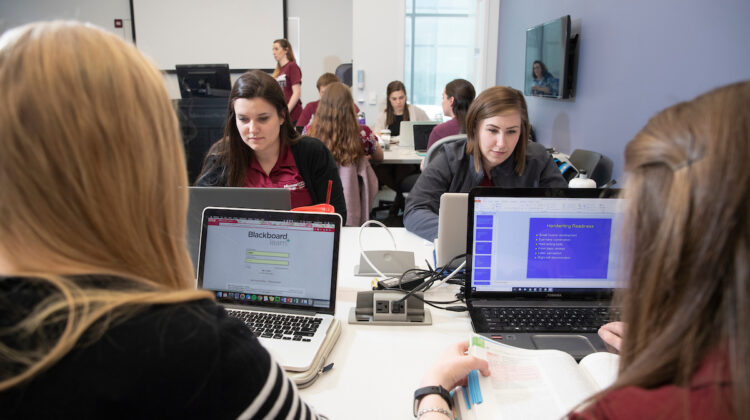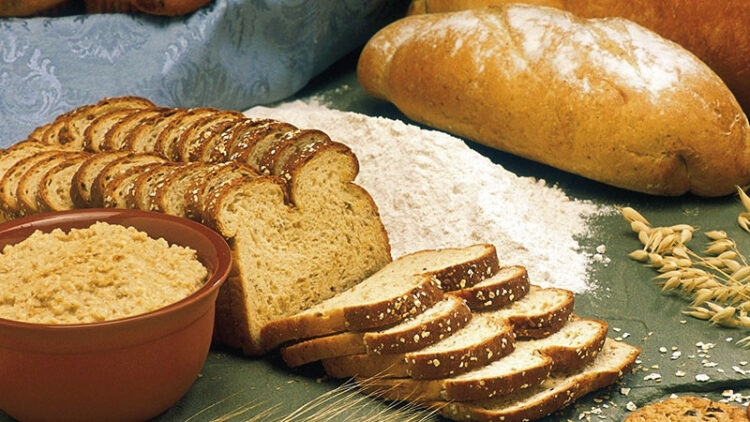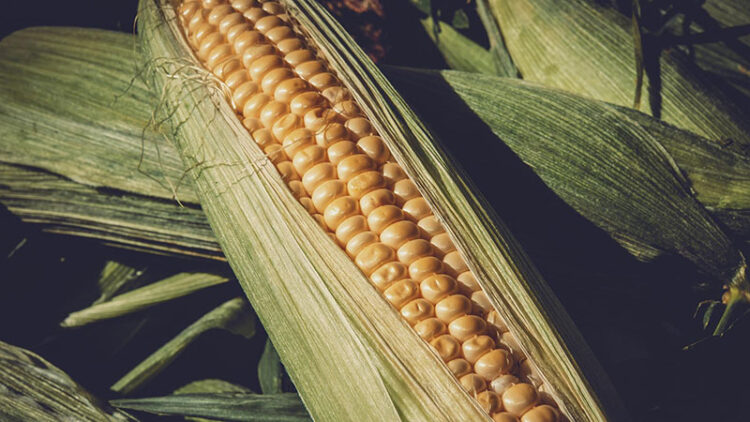When an entire cohort of students passes the top exams in their field, it’s clear the program is succeeding at meeting the demands to prepare students.
For the seventh year in a row, all Missouri State University occupational therapy (OT) students have passed both the National Board for Certification in Occupational Therapy (NBCOT) and MSU comprehensive exams.
Occupational therapy department head Dr. Sapna Chakraborty said, “They always work so hard and it’s amazing seeing them be rewarded for that.”
The program admits up to 28 students every year.
The importance of passing both comprehensive and NBCOT exams
Passing both exams is essential to show professors and future employers that OT students have retained all the valuable information from their MSU courses.
In the comprehensive exam, questions are derived from five semesters worth of information in OT courses.
The NBCOT is taken after their fieldwork is completed, putting their knowledge to the ultimate test.
How are our students so successful?
Chakraborty believes the reason all their students excel is because of how well the program is taught.
“Our program stands out because it focuses so much on building a strong foundation in theory and scientific background of occupations in variety of contexts for students,” Chakraborty states. “Once the foundation is set, students then analyze and apply the skills in the lab and clinic environments before hitting the final aspect of learning. That’s when they create intervention plans independently in fieldwork to use the same skills in real world scenarios later in their practice.”
The combination of solid foundational classes, caring professors and access to a pro-bono clinic makes all the difference when it comes to student success.
“We’re so proud of our students and are happy to be a stepping stone for each one of their bright futures.”



